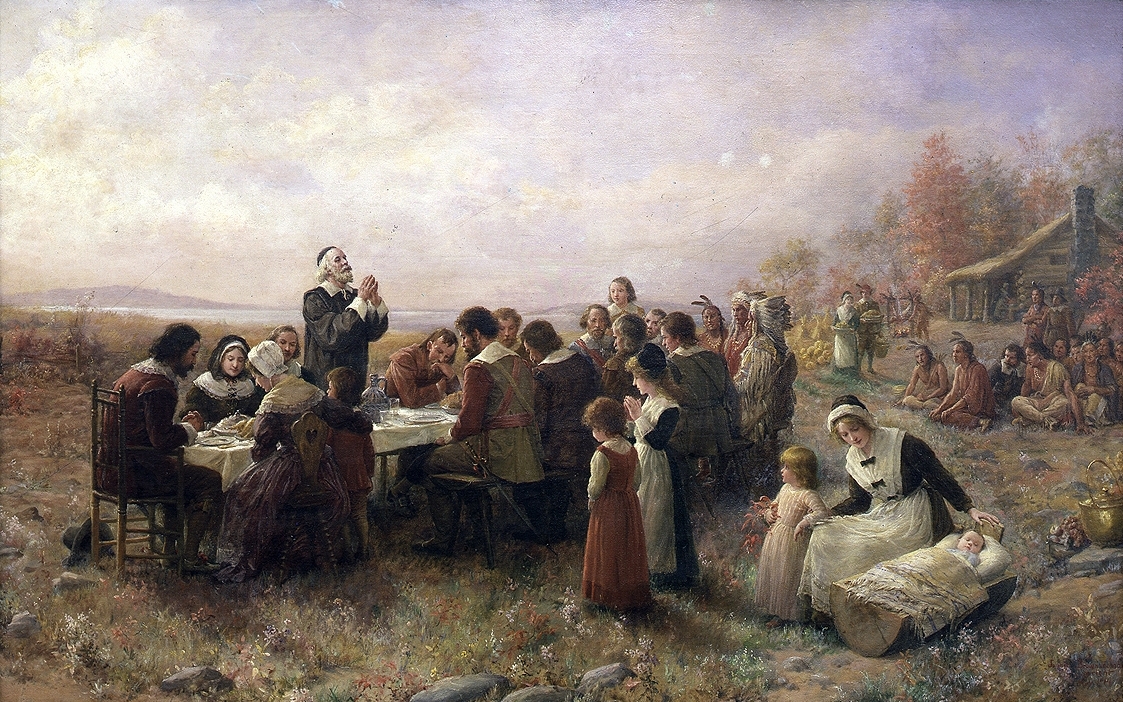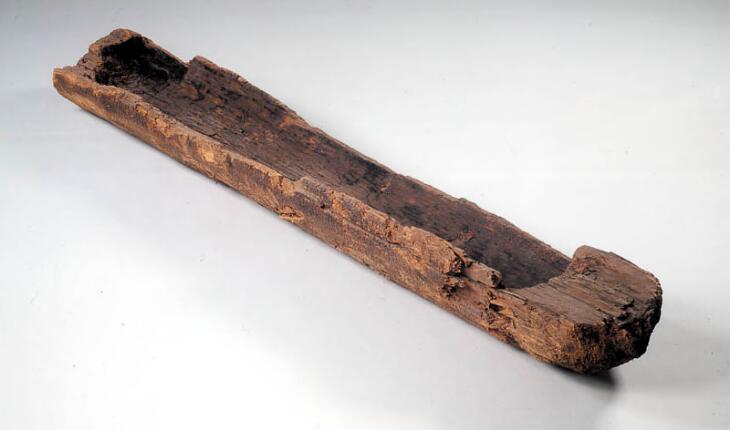First and foremost, Happy Thanksgiving from our Laux Construction family to yours! Today is a day where we gather with those who we are grateful to have in our lives and spend time with each other eating delicious food! Rather than use today’s blog to help you construct the perfect Thanksgiving feast with our secret family recipes, we thought it would be fun to give insight on something that is rarely seen anymore – wooden ships! Although we rarely see these boats anymore, they were an incredible innovation for the transportation industry, as well as carpentry, and have a LONG history. For starters, a ship overall is defined as a ‘large seagoing vessel’; meaning as time continued from the first boats, the definition gradually changed to accommodate for new features that set apart the different types of vessels. The oldest known boat in the world is the Pesse Canoe, dating back to the Mesolithic period between 8040BC and 7510BC. It is a Scots Pine tree log dug out for passengers and/or goods to sit.
Interestingly, the canoe was found during the construction of the Dutch A28 motorway in the Netherlands. Due to a peat bog, the peat had to be removed. During the excavation, the crane operator discovered a tree trunk almost 7 feet down. A local farmer took the log to inspect it further, later giving it to the University of Groningen, and it now sits at the Drents Museum. Over the course of thousands of years, wood remained a primary material in shipbuilding due to the wide variety of types to fit the wide variety of needs. The ship required wood that was not only moisture resistant, but also decay resistant. It also had to be strong to battle any unwanted neighbors, such as pirates and Vikings. On average, it took over 2,000 trees to build one warship, making the ships expensive just to start. Overall, oak was at large the most common for every era and regions. Oak is a hardwood that is very resistant to both insects and fungi due to its high tannin content, as well as being extremely strong.

The ways of construction for shipbuilding also widely varied on the century built as well as the region. Viking ships were built using the clinker, or lapstrake, method. The shell of the boat was built first, followed by the frame on the inside. The planks on the outside overlapped each other, and the gaps were stuffed with animal hair to prevent leaks. Medieval ships were made using the frame-first method, also known as carvel. Once the frame was completed, the planks were then placed on the outside, however, they did not overlap. This method allowed for ships to be built bigger and stronger, with the planks secured together using wooden pegs called treenails. They allowed for more masts to be used creating faster ships, and a stronger build for more weaponry on board. Many ships also had platforms placed high at the front and back of the ship that would provide room for archers and sling shooters to fight enemies called castles.
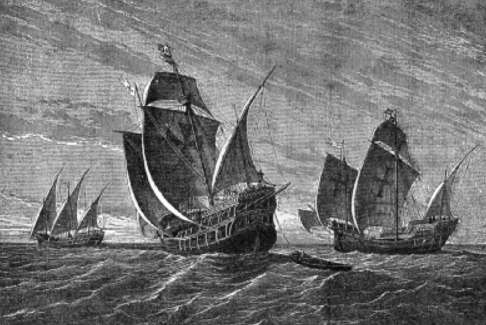
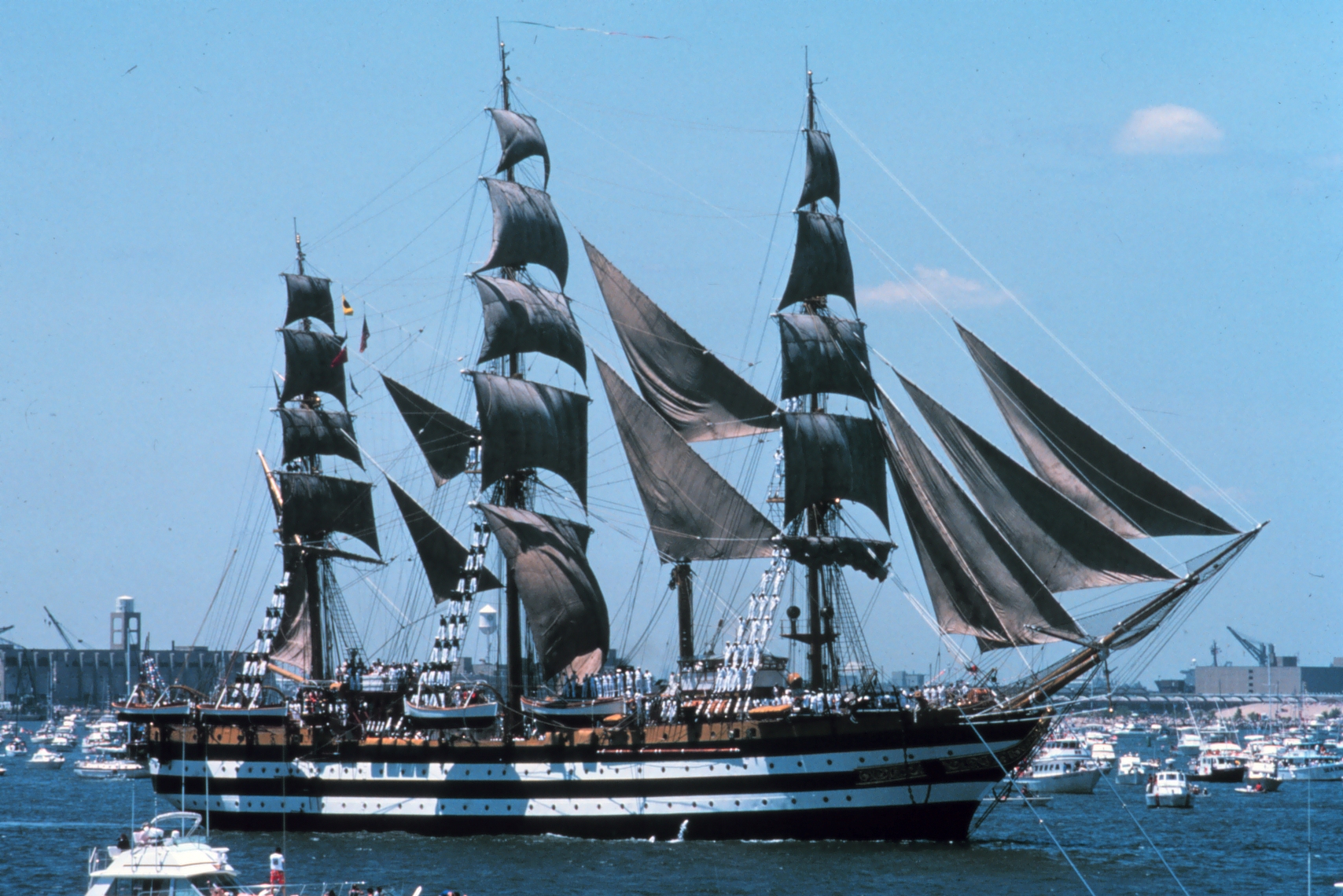
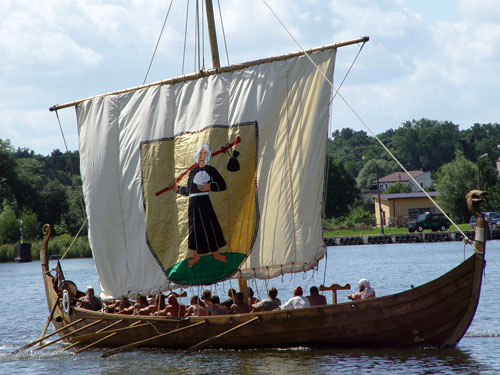
The designer of the ship had to also be highly knowledgeable of physics and math to create a ship that would either coast along the shore for short deliveries, or sail across the ocean to explore new lands. The ship often had requirements, such as passenger and cargo capacity and speeds to be reached. The deadweight of the ship would be classified by any cargo plus fuel and consumable stores, and the lightweight would be the weight of the hull, along with machinery and equipment. The dimensions of the ship must be chosen carefully as the deadweight plus the lightweight had to be equal to the displacement of the ship. The designer must also determine a weight and moment balance, as the centers of gravity for both longitude and latitude of the ship needed to provide stability. Across the board, the designer had to be an expert at understanding how the physics of the world and weather would affect the physics of the ship at sea.
There are countless variations of ships, from the types and shape of sails, number of masts, ways of steering, etc. However, we’re going to focus on one of the most known wooden ships in American history – the Mayflower. Famously known for transporting 102 passengers across 3,000 miles to America from Europe, this Dutch cargo fluyt ship measured only 100 feet long and 24 feet wide. These types of ships weighed between 200 and 300 tons, with the Mayflower weighing around 180 tons. The sails of a fluyt ship were square and secured across 3 or 4 masts, with a possible triangular sail at the back. The masts were also much taller than other ships as it allowed for the sail to be raised higher to allow for faster sailing to deliver goods across countries. These types of ships were also shaped in a way that maximized cargo space and minimized crew needed to manage the journey. The main deck was very small, with the hull being wider than above. This design also allowed for the ship to carry twice the cargo at half the cost of other ships. They also were able to avoid tolls that were based on the size of the main deck.
With the Mayflower being meant for transporting cargo, passengers were required to stay on the gun deck, between the upper deck and cargo compartment below. This level of the ship was only 5 feet high and included a 30ft sailboat. Overall, the total living space for 102 people measured just under 1,4000 square feet. They were rarely let above deck as crew members feared for their safety due to the heavy winds. In fact, one man was so desperate for fresh air, he went out and was thrown overboard. Luckily, he managed to survive by grabbing onto a rope and was pulled back onto the ship. The amount of food was also very limited, as only the crew would be taken care of. Within days, the ship ran out of fresh food, and the passengers had resulted to dried fish, beer, and rock-hard bread made from flour, water, and salt. By the time the ship reached Massachusetts, every passenger had lost 25% of their bodyweight as they would eat roughly 400 calories per day.
Although only one passenger died on the voyage, almost half passed within the first year of being in America due to the diseases and illness they accrued while staying on the ship while their homes were being built. Legend has it, however, that they are the first to have a Thanksgiving dinner. It was recorded in a letter from December 1621 by Edward Winslow, and again 20 years later by William Bradford. In Bradford’s writing, the tradition of having turkey for Thanksgiving is mentioned for the first time. However, it wasn’t until 1863 when Abraham Lincoln officially made Thanksgiving a national holiday set on the last Thursday of November. In 1939, President Franklin D. Roosevelt would change it to the fourth due to the last Thursday sometimes being too close to Christmas depending on the year. Just remember, when you’re enjoying your family dinner, our ancestors chose to board these incredible ships that required perfect carpentry and woodwork to travel to America!
Share this Post
